
Michael X Cohen on why he left academia/neuroscience.
mikexcohen.substack.com/p/why-i-left...
@cibaker.bsky.social
Cognitive neuroscientist interested in high level vision (faces, scenes etc.), learning and plasticity. All views are my own.

Michael X Cohen on why he left academia/neuroscience.
mikexcohen.substack.com/p/why-i-left...

New paper alert! 🚨 We show that age-related neural dedifferentiation in scene-selective cortex is tied to changes in eye movements. Using simultaneous fMRI + eye-tracking, we found that younger adults’ fixations covary with scene specificity, but this link weakens with age.
Link in post below 👇

🧠 New preprint: Why do deep neural networks predict brain responses so well?
We find a striking dissociation: it’s not shared object recognition. Alignment is driven by sensitivity to texture-like local statistics.
📊 Study: n=57, 624k trials, 5 models doi.org/10.1101/2025...
Happy to hear any and all feedback on our discussion article!
So much fun to work with this amazing set of authors :)
Excited to have this one out! We found that the perception of illusory faces relies on parallel brain representations of faces and objects with different dynamics, enabling flexible behaviour.
27.08.2025 03:33 — 👍 15 🔁 4 💬 0 📌 0Eye movements, vision and memory through the lens of Sherlock - awesome collaborative project led by @matthiasnau.bsky.social
25.08.2025 12:25 — 👍 11 🔁 4 💬 0 📌 0
A brain-imaging study of people with amputated arms has upended a long-standing belief
go.nature.com/3Jp9NPG
Loss of sensory input has long been used to study brain plasticity - here, we challenge the prevailing view of massive reorganization in a longitudinal study of amputees
Massive effort from @hunterschone.bsky.social who was in the awesome NIH/UCL PhD program with @plasticity-lab.bsky.social

Datasets like NSD & THINGS offer rich stimuli but often test a single task.
After great conversations at #CCN2025 on multi-task studies & generalization in brains & models, I thought I would repost our perspective for those interested in this topic. We need multiple tasks!👉 doi.org/10.1038/s415...
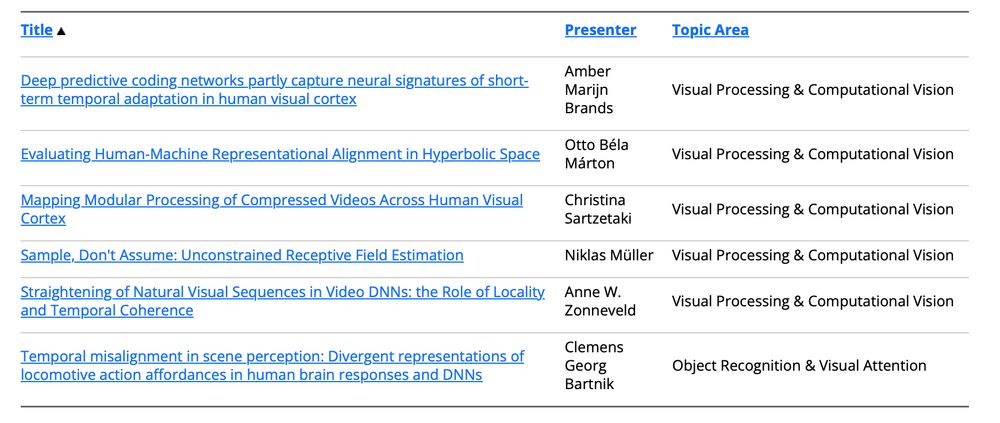
After preparing for a full year together with @neurosteven.bsky.social and all other amazing organizers
of @cogcompneuro.bsky.social, #CCN2025 is finally here!
While I'm proud of the entire program we put together, I'd now like to highlight my own lab's contributions, 6 posters total:
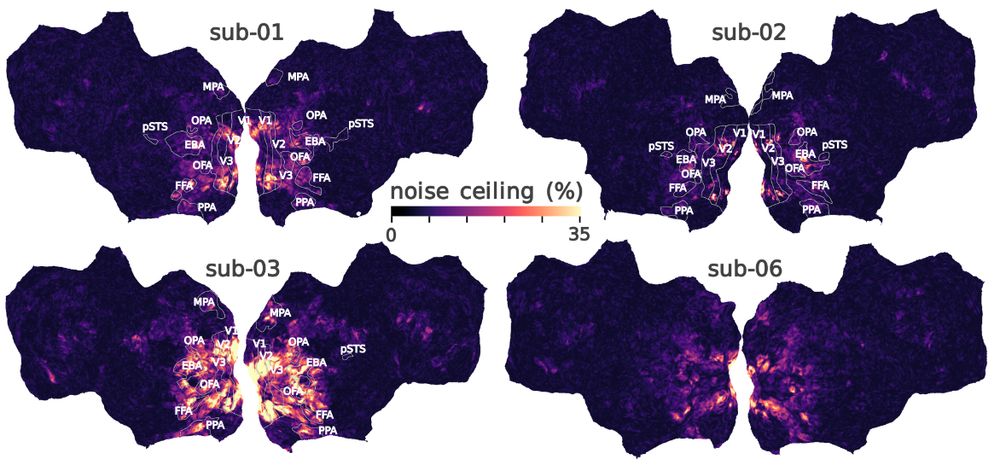
four brain maps showing noise ceiling estimates in response to image presentation
New CNeuroMod-THINGS open-access fMRI dataset: 4 participants · ~4 000 images (720 categories) each shown 3× (12k trials per subject)· individual functional localizers & NSD-inspired QC . Preprint: arxiv.org/abs/2507.09024 Congrats Marie St-Laurent and @martinhebart.bsky.social !!
30.07.2025 01:57 — 👍 35 🔁 17 💬 1 📌 0Amazing effort from @gcaedwards.bsky.social @ryanruhde.bsky.social Mica Carroll to rigorously test hf-tRNS on visual cortex. We didn’t replicate, but learned a lot and have ideas for moving forward
Thanks to @pci-regreports.bsky.social for constructive guidance through the whole process
Can humans use artificial limbs for body augmentation as flexibly as their own hands?
🚨 Our new interdisciplinary study put this question to the test with the Third Thumb (@daniclode.bsky.social), a robotic extra digit you control with your toes!
www.biorxiv.org/content/10.1...
🧵1/10
New work from our lab investigating the relationship between repetition suppression, repetition priming and increases in oscillatory power in simultaneous fMRI-EEG. Induced power increases are strongly associated with priming magnitude, supporting a mix of the synchrony and facilitation models.
07.07.2025 14:30 — 👍 9 🔁 3 💬 0 📌 0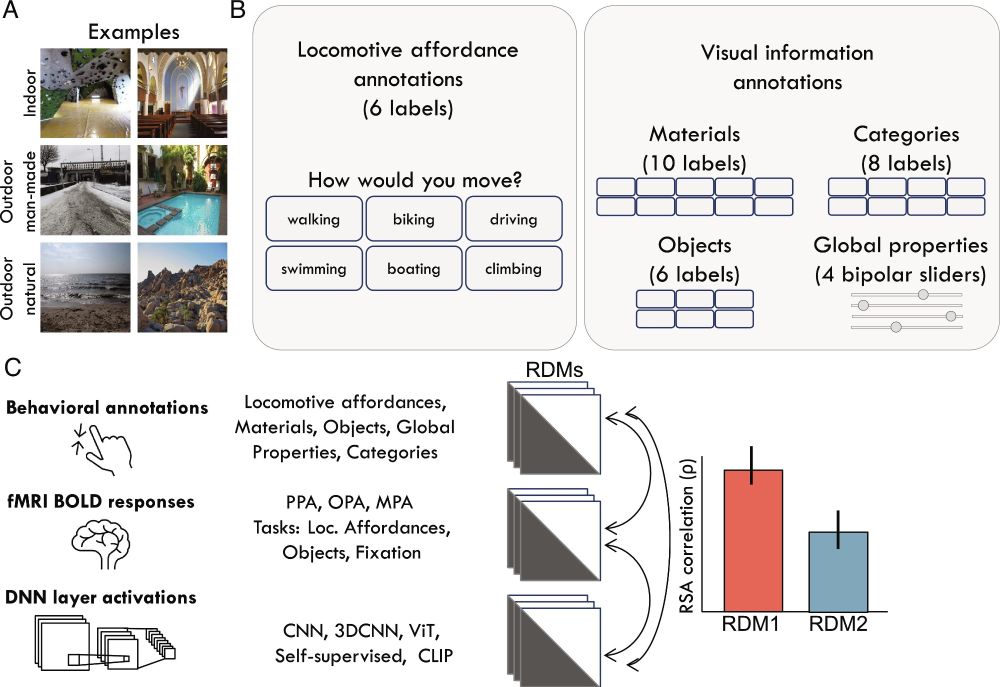
In these tumultuous times, still happy to report a scientific achievement: our preprint on affordance perception was just published in PNAS!
www.pnas.org/doi/10.1073/...
Using behavior, fMRI and deep network analyses, we report two key findings. To recapitulate (preprint 🧵lost on other place):
How is high-level visual cortex organized?
In a new preprint with @martinhebart.bsky.social & @kathadobs.bsky.social, we show that category-selective areas encode a rich, multidimensional feature space 🌈
www.biorxiv.org/content/10.1...
#neuroskyence
🧵 1/n
I'm excited to announce that my lab's open textbook on Scientific Computing for Cognitive Neuroscience (v1.0) has just gone live! Our goal is to help mend the gap between the computational skills needed by cognitive neuroscience, and typical curricula that don't yet include it. 1/3
09.06.2025 16:10 — 👍 116 🔁 42 💬 8 📌 1My op-ed was published in @al.com !
www.al.com/news/2025/06...
@sciencehomecoming.bsky.social

🚨 3-year postdoc opportunity! 🚨
Join @fraserwsmith.bsky.social sky.social @timkietzmann.bsky.social n.bsky.social and me at UEA for cutting-edge research on neuroimaging + deep learning in multimodal material perception 🧠🤖👀
#compneurosky #neuroskyence
🔗 Apply here: www.jobs.ac.uk/job/DMP873/s...
Three year postdoc in cognitive computational neuroscience (Norwich, UK): using neuroimaging and deep learning to probe the neural mechanisms underlying material perception (across vision and touch)
deadline **May 19th**
repost pls
#compneurosky
#neuroskyence
#VisionScience
#PsychSciSky
#neuroAI
Hello VSS friends! Want feedback on your current projects? Submissions for our pre data collection poster satellite are still open until tomorrow. More info here: www.visionsciences.org/2025-pre-dat...
@vssmtg.bsky.social @shansmann-roth.bsky.social @willngiam.bsky.social @yonghoonchung.bsky.social
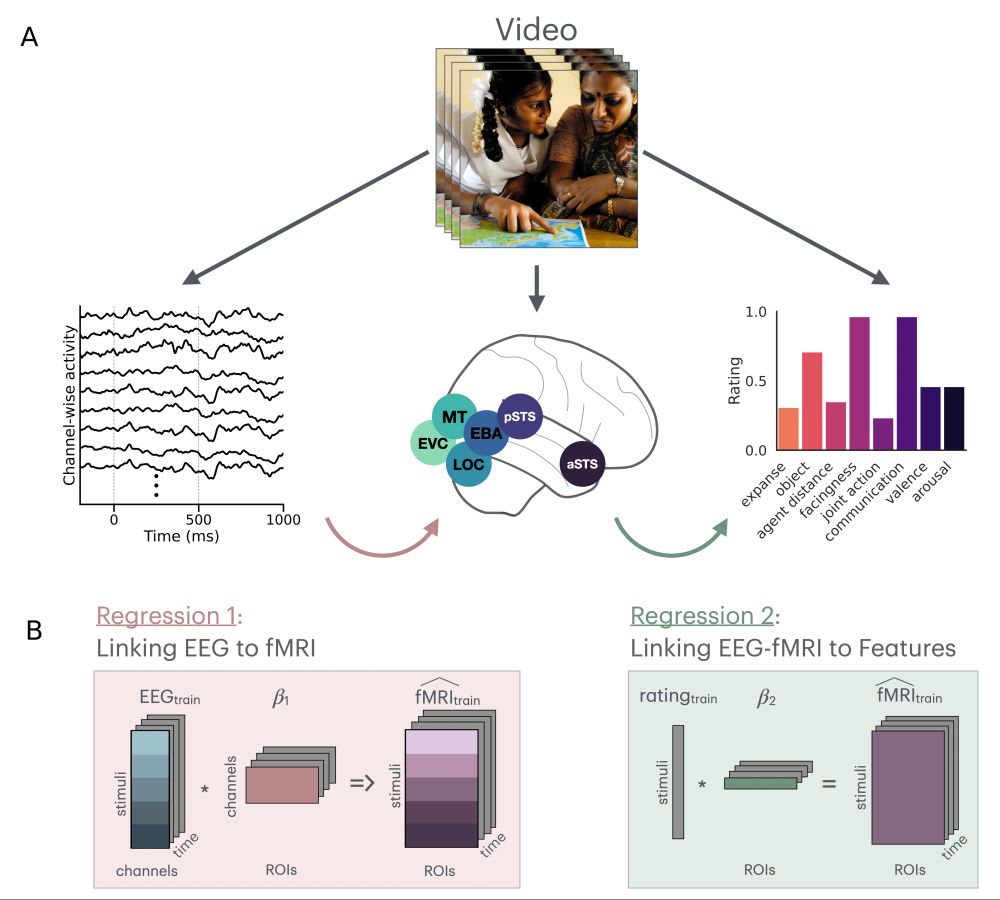
Shown is an example image that participants viewed either in EEG, fMRI, and a behavioral annotation task. There is also a schematic of a regression procedure for jointly predicting fMRI responses from stimulus features and EEG activity.
I am excited to share our recent preprint and the last paper of my PhD! Here, @imelizabeth.bsky.social, @lisik.bsky.social, Mick Bonner, and I investigate the spatiotemporal hierarchy of social interactions in the lateral visual stream using EEG-fMRI.
osf.io/preprints/ps...
#CogSci #EEG
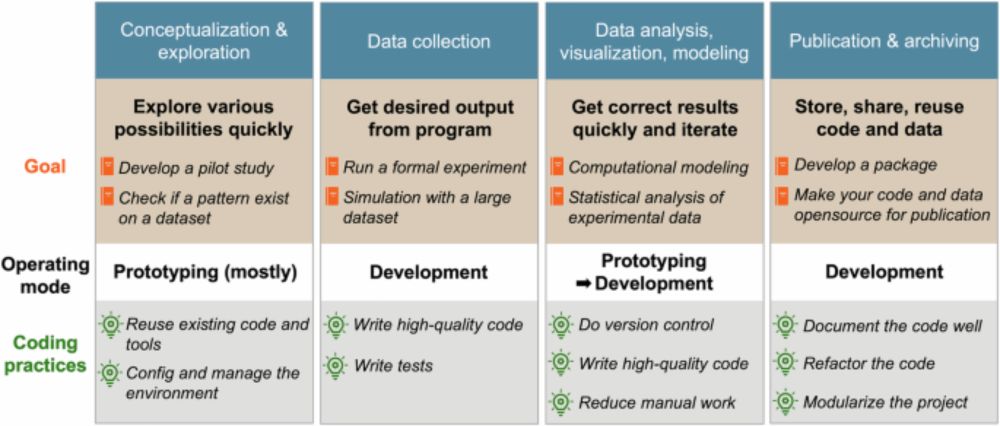
Proud to announce our primer on "Ten principles for reliable, efficient, and adaptable coding in psychology and cognitive neuroscience"
www.nature.com/articles/s44...
This primer is for beginners to get started, advanced programmers to improve, and PIs.
#psychology #psychsci #cogsci #neuroskyence
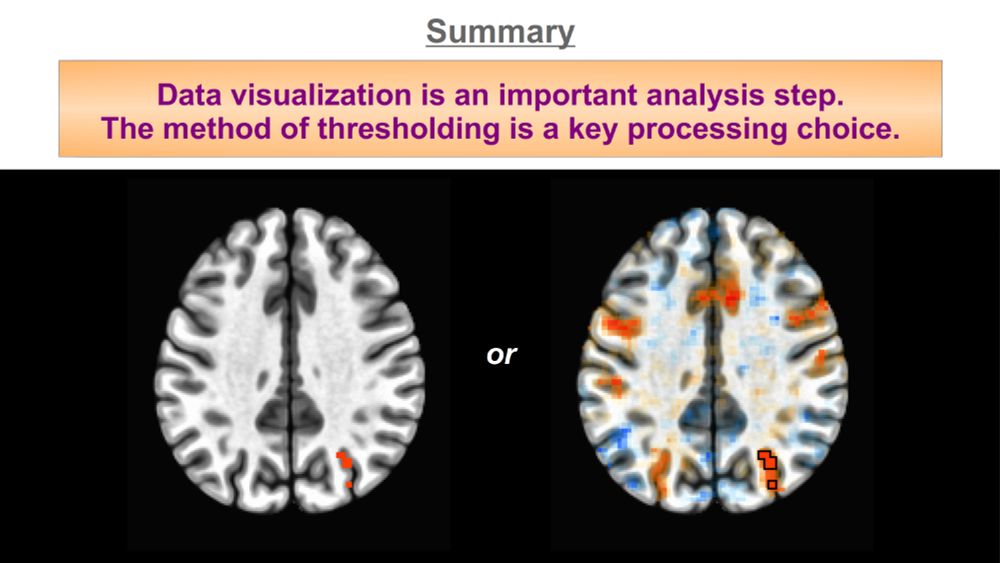
The result of a large (42 authors!) collaboration:
"Go Figure: Transparency in neuroscience images preserves context and clarifies interpretation"
arxiv.org/abs/2504.07824
TL;DR: The FMRI world can (and should) improve results interpretation and reproducibility *today*, via transparent thresholding.
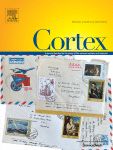
Chuffed and excited to announce a new journal section in Cortex:
*Methods and Assumptions* is open for submissions starting today!
Read the opening editorial here (OA): www.sciencedirect.com/science/arti... 1/

Text copied from website on April 7, 2025 stating "Recruitment of new postbacs has resumed. Please read program information below and use the 'Start your application' link to apply."
Recruitment of postbacs & postdocs in the NIH IRP has resumed. I have no additional info beyond what is publicly stated on the website. www.training.nih.gov/research-tra...
07.04.2025 17:41 — 👍 50 🔁 24 💬 2 📌 4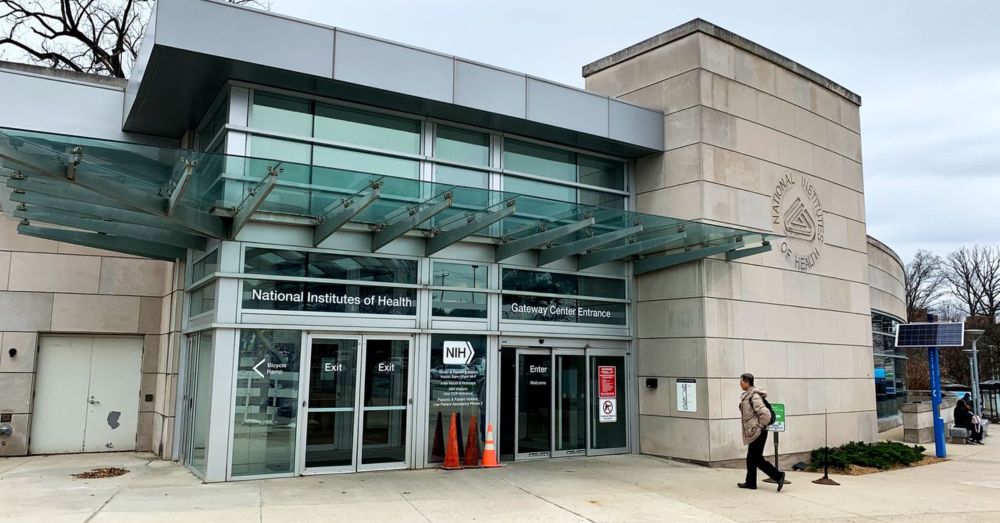
11 of about 55 PIs terminated at NINDS yesterday, with downstream effects for all of us in terms of the lost research into neurological disease and stroke. 1/ www.wired.com/story/doctor...
02.04.2025 10:20 — 👍 59 🔁 28 💬 3 📌 6Curious about how people differentiate object words and how their mental representations compare to object images? Come check out my poster (F148) today at CNS! laurastoinski.com/website/Post... @martinhebart.bsky.social
01.04.2025 12:02 — 👍 12 🔁 3 💬 1 📌 1Enjoying #cosyne2025 a lot but there's very little human fMRI/EEG/MEG.
Is that because that type of work is not viewed positively?
Cosyne is even scheduled at the same time as the cognitive neuroscience meeting.
Don't want to be too controversial but...
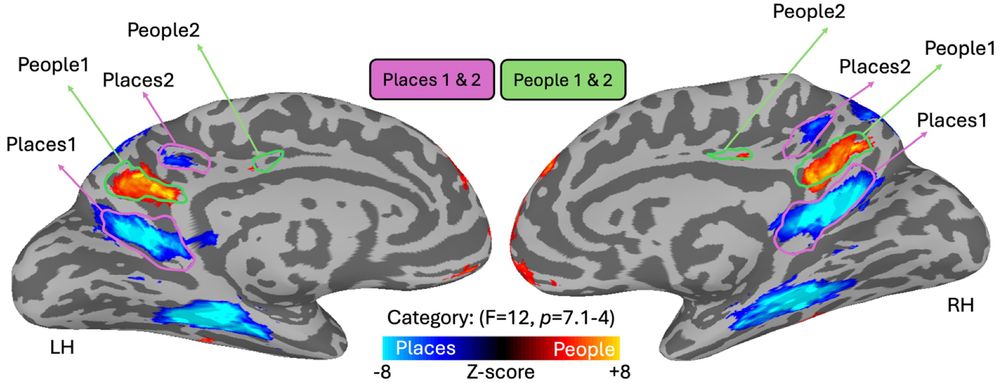
New paper in Imaging Neuroscience by Catriona L. Scrivener and Edward H. Silson:
Opponent visuospatial coding structures responses during memory recall and visual perception in medial parietal cortex
doi.org/10.1162/imag...